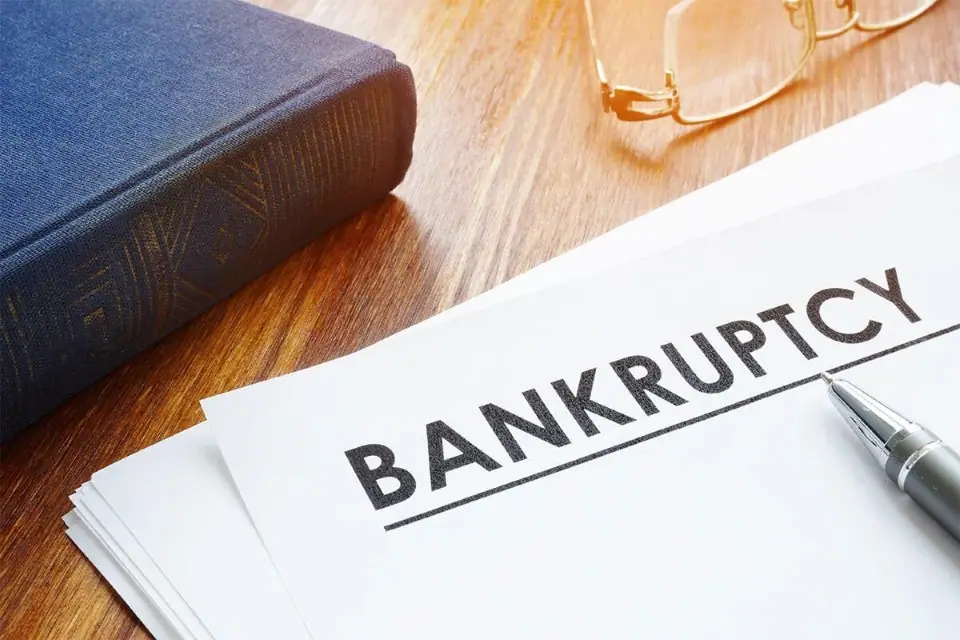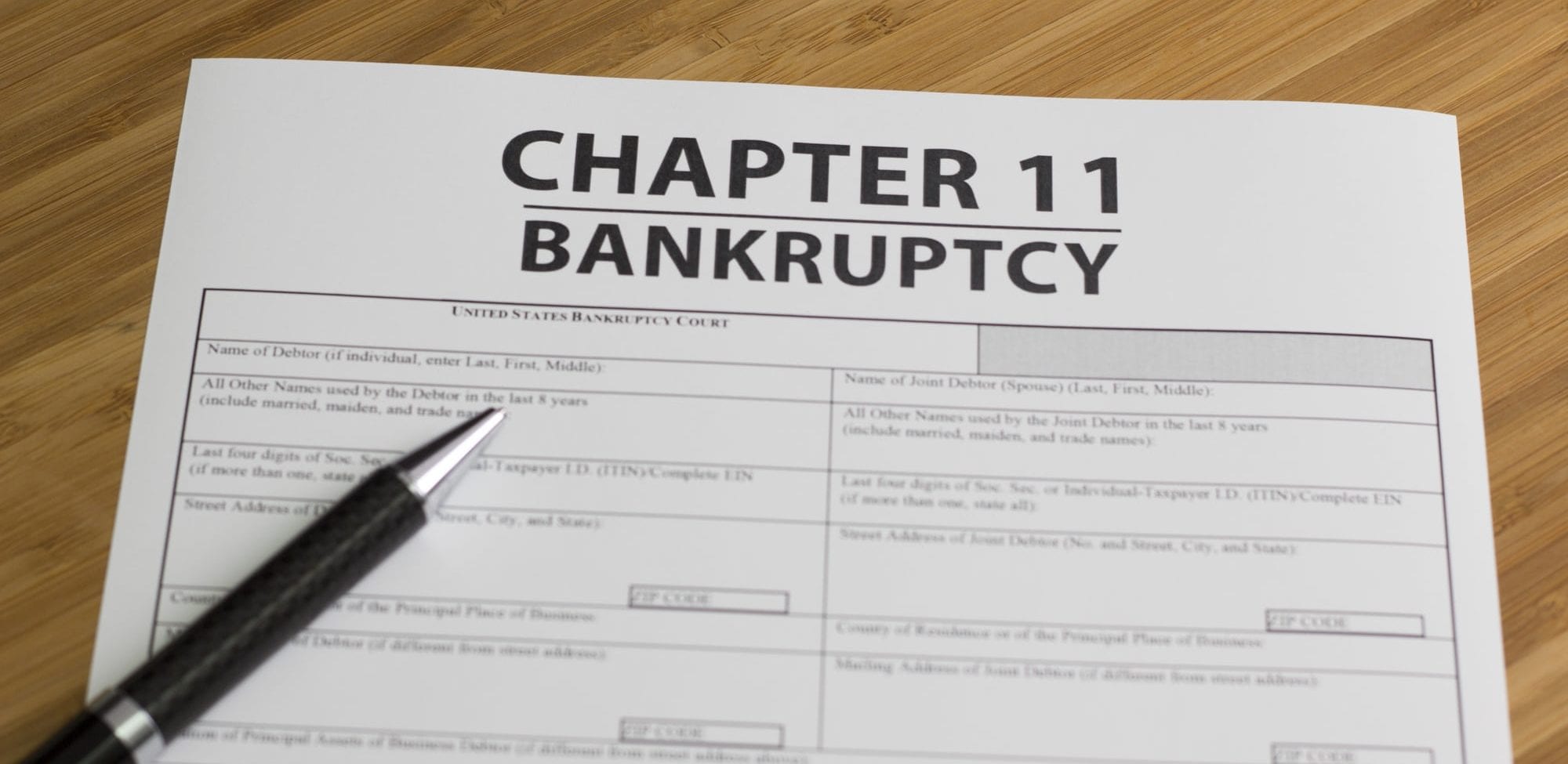Bankruptcy is a legal process that provides debt relief to individuals and businesses who can no longer repay their debts. There are several different “levels” or chapters of bankruptcy that determine the specifics of the bankruptcy filing. The most common bankruptcy levels filed by consumers are Chapter 7 and Chapter 13.
Chapter 7 Bankruptcy
Chapter 7 bankruptcy is often referred to as “liquidation” bankruptcy. When filing Chapter 7, the debtor surrenders any nonexempt assets to be sold by the bankruptcy trustee. The proceeds from the sold assets are then distributed to creditors. Any remaining eligible debts such as credit cards, medical bills, personal loans, etc. are discharged. This generally clears the slate for the debtor to make a fresh financial start after bankruptcy.
To qualify to file Chapter 7, the debtor must pass the “means test” which looks at the individual’s income and expenses and compares it to median income in their state. If the debtor’s income is low enough, they are eligible for Chapter 7. There are some limitations on eligibility for those with higher incomes.
Chapter 7 bankruptcy remains on a person’s credit report for 10 years from the filing date. This can make it difficult to obtain new credit or financing during that timeframe. However, it does allow the individual to rebuild their credit over time.
Chapter 13 Bankruptcy
Chapter 13 bankruptcy allows the debtor to reorganize their debts and repay creditors over time, generally 3-5 years. This is commonly referred to as “reorganization” bankruptcy.
Under Chapter 13 bankruptcy, the debtor will submit a repayment plan to the bankruptcy court indicating how much they can afford to pay each month towards their debts. Payments are made to a bankruptcy trustee who distributes the funds to creditors. After all required payments under the plan are made, the remaining eligible debts are discharged.
To qualify for Chapter 13, the debtor must have regular income. There are no specific debt limits, which makes it an option for those who exceed limits for Chapter 7. Chapter 13 bankruptcy remains on credit reports for 7 years from the filing date.
How are bankruptcy levels determined?
When an individual is considering bankruptcy, they will work with a bankruptcy attorney to evaluate their specific financial situation to determine if they qualify and which chapter of bankruptcy is most appropriate. Important factors include:
– Total assets
– Types of debts owed
– Total income and expenses
– Ability to repay debts
By looking at these details, the attorney can advise if the filer meets eligibility requirements for Chapter 7 versus Chapter 13 based on their individual “bankruptcy level”. Those with primarily exempt assets, dischargeable debts, and limited income are better Chapter 7 candidates. People with regular incomes who could repay some debts over time tend to qualify for Chapter 13.
Ultimately, the bankruptcy court evaluates if the filer meets legal requirements when the actual bankruptcy petition is submitted. The court wants to ensure the appropriate bankruptcy chapter is utilized based on each person’s financial profile.
Understanding the differences between Chapter 7 and Chapter 13 bankruptcies can help individuals select the best debt relief option when facing financial hardship. Consulting an attorney knowledgeable in bankruptcy can help ensure all qualifications are met so the case is accepted by the courts. Determining the right “bankruptcy level” is key to successfully discharging debts and getting a fresh financial start.







